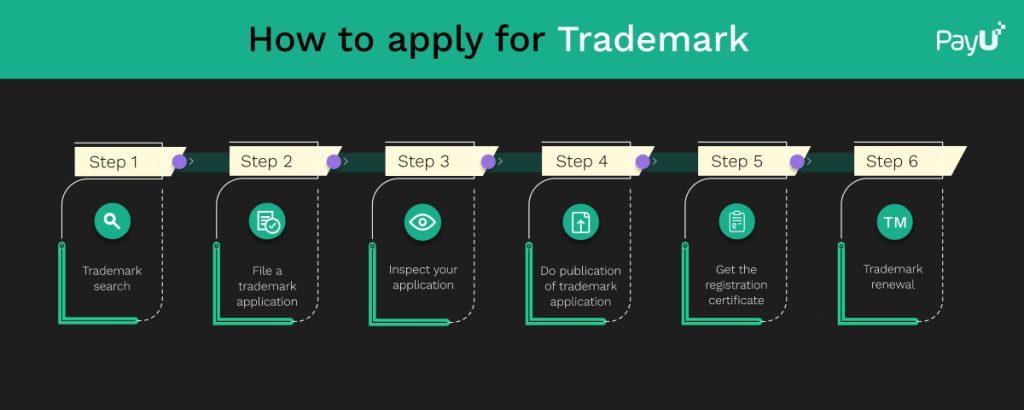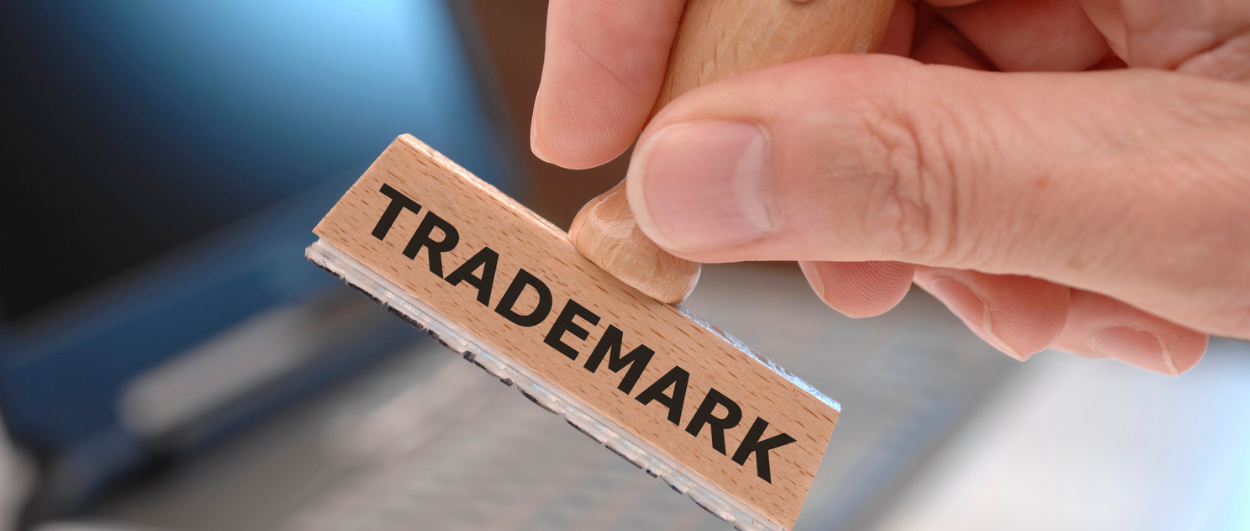Having a trademark is essential to create and establish your product/service in this competitive world. But you know what would be even better? If this entire process of registering for a trademark was completely hassle-free. Read on to learn more.
Humans have always had the habit of claiming ownership over things that were theirs. Years ago, early humans used personal marks to claim ownership of their livestock, and artisans from many ancient civilizations left their distinctive marks on hand-made creations like brickwork, roof tiles, decorative vases, and even gravestones.
Today, this mark has taken up a much more formal meaning and identity in the form of a trademark. But a trademark denotes a lot more than just the ownership of a product or service. It signifies the brand’s unique identity and helps it stand out from the crowd.
What is a Trademark?
A trademark is a distinctive symbol or word(s) used to represent a business or its products. After a trademark is registered for a product or service, the same symbol or words cannot be used by any other entity as long as its owner uses it.
Through a trademark, customers can recognize a brand in a marketplace and differentiate it from its competitors.
While the word ‘trademark’ is essentially for goods, a ‘service mark’ is for services. However, ‘service mark’ is rarely used, and ‘trademark’ is used for both products and services.
Usually, trademarks are known as intellectual properties and may or may not be registered. A registered trademark provides better rights and protection as compared to an unregistered one. Nevertheless, it’s not always necessary to register your trademark.
How to Identify a Trademark?
Trademarks identify and protect words and design elements that distinguish the source, owner, or creator of a product or service. They can be product names, logos, or slogans.
A trademark prevents any other entity from using a company or individual’s products or services without permission. It also helps avoid any possibility of a situation where a name, symbol, or logo has a chance of confusion with an already existing one.
This means that a company cannot use a symbol or brand name if it looks or sounds similar or has a similar meaning to one that already exists, especially if they belong to the same industry.
For example, any mobile manufacturer can’t legally use a logo that looks like that of Apple and cannot use a name that sounds similar to Apple.
Here’s how you can identify trademarks:
- ™ – Through this symbol, usually put after a logo or a phrase, brands claim that respective symbol or words as their own. However, the symbol doesn’t necessarily mean that the trademark has been officially applied for.
- ® – Only those trademarks that are officially granted and registered by the Trademark office can use the ® symbol. The symbol denotes a ‘registered trademark’.
- ℠ – Companies that sell services and not products can use the service mark logo. However, commonly, service providers also use the ™ instead.
What Can a Trademark Do?
A trademark does the following things for its owner:
- Helps send a notice of claim to other businesses that consider using the same symbol or word as their trademark.
- Provides a legal presumption of ownership preventing anyone else to take it, even in the future.
- Provides the exclusive right to use the claimed trademark.
- Gives goods or services their identity and a traceable source.
- Offers legal protection to your brand.
- Safeguards your brand against fraud or counterfeit.
- Ensures trust of quality among customers.
How Can You Apply for a Trademark?
Any individual, company, or legally identified person can apply for a trademark or a separate trademark registration. Steps to register for a trademark:

Step 1: Trademark Search
A thorough search of trademarks will help you determine if there are other identical trademarks in the market. Often, a trademark search can also predict possible trademark litigation. You can check for all existing registered trademarks on the Trademark Registry India website.
Step 2: Application Filing of a Trademark
After confirming that the brand name or logo selected by you does not already exist in the official Trademark Registry, you can register it by going on the Trademark Registry India website and filing for a trademark application.
Step 3: Inspection of Application
After filing the trademark application, an examiner will inspect it for any issues, which might take about 12-18 months. The examiner can accept the trademark in any of the 3 forms- absolute, conditional, or object. The trademark is then published in the Trademark Journal if your application gets accepted.
Step 4: Publication of the Trademark Application
If anyone wants to object to a particular trademark, they get a chance to oppose it. And, the authorities find out that there is no opposition after 3-4 months from the trademark’s publication, you can go ahead with the final registration. In case, there is an opposition, an official hearing takes place, and the Registrar makes the final call.
Step 5: Getting the Registration Certificate
After publication in the Trademark Journal, the application proceeds for trademark registration. Following this, you will get a registration certificate carrying the seal of the Trademark Office.
Step 6: Renewal of a Trademark
After every 10 years, one can renew the trademark forever. In other words, your logo or brand name gets the trademark for as long as you want.
What is the Cost of Registering a Trademark?
In India, the trademark cost is Rs. 9000 per application per class for a company, while the trademark cost for an individual is Rs. 4500 per application per class.
Is Trademark a Copyright?
People tend to confuse a trademark with copyright. But no, a trademark is not a copyright, and there’s a significant difference between the two.
While a trademark distinguishes your brand name, mark, or logo from others, copyright prevents others from using your creation without your permission. Copyright is applicable to artistic works like paintings, poems, artwork, literature, and songs.
Conclusion
Having a trademark is important to create and establish your product/service in this competitive world. But do you know what would be even better? If this entire process of registering for a trademark was completely hassle-free.
PayU does precisely this! It simplifies the trademark registration process and takes care of it all for you. Registering for a trademark has never been this simple!
So trademark and stand out, for the world merely accommodates the common ones but rewards those that stand out!





